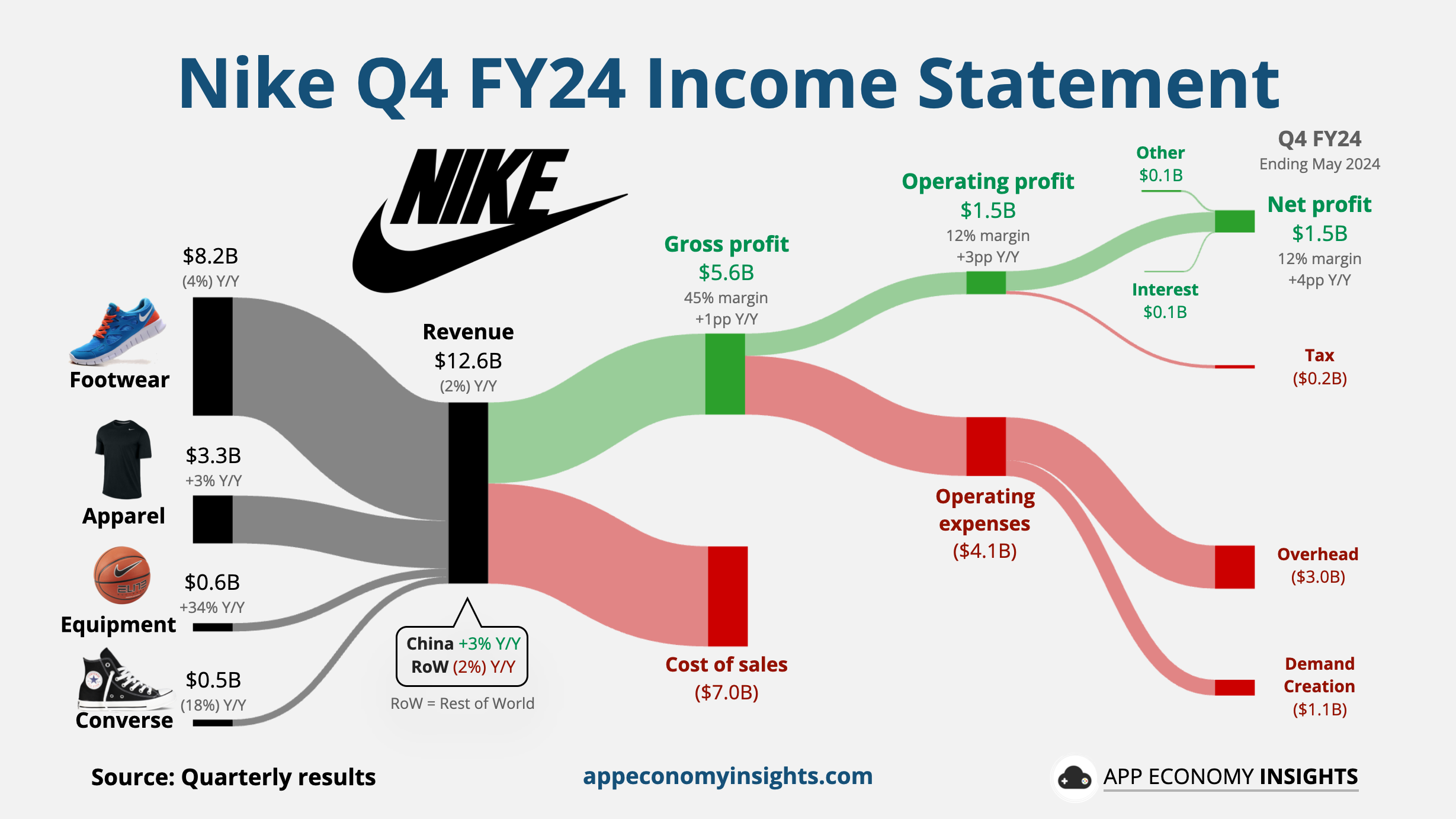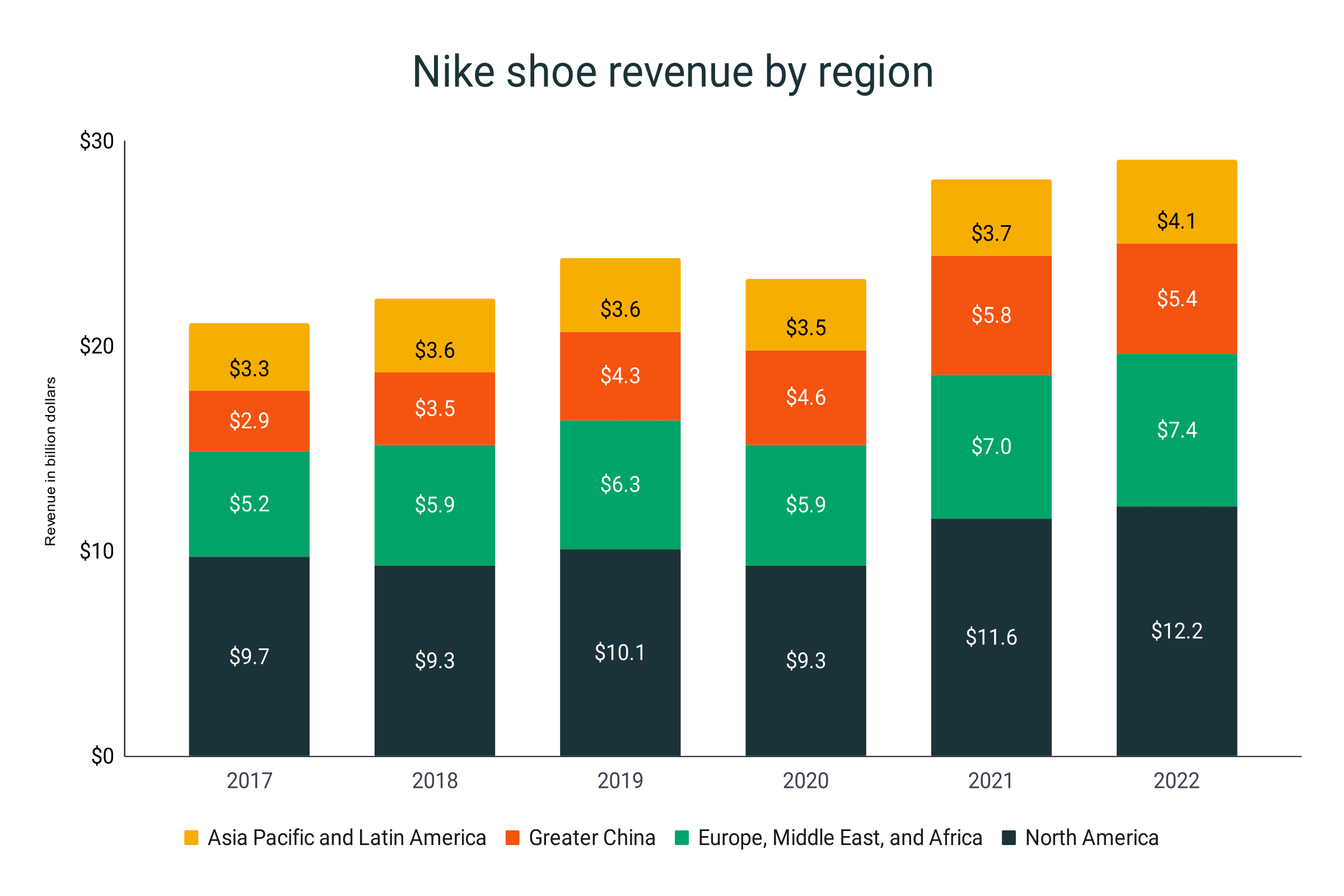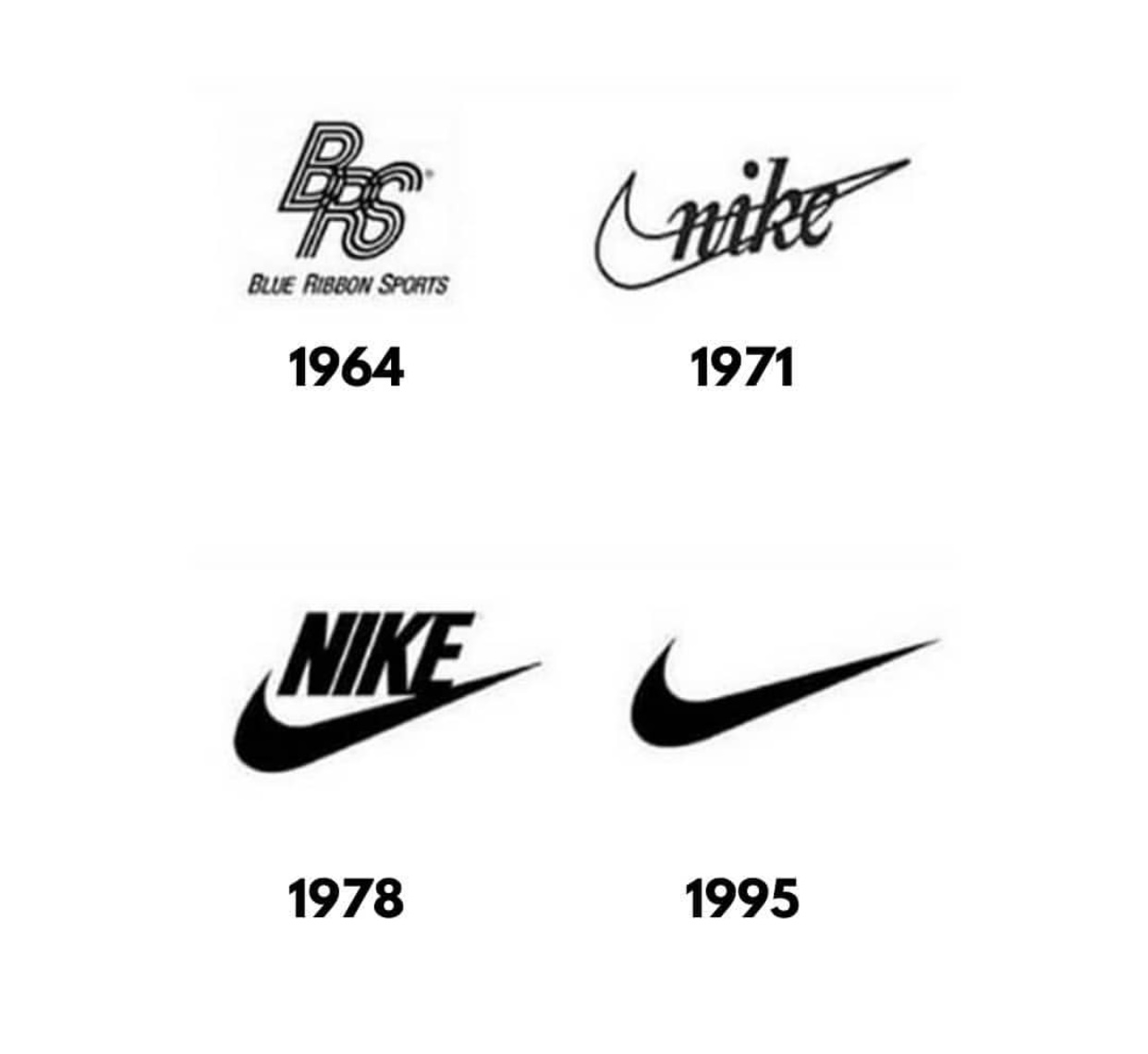Nike Website Showing Wrong Currency

Nike customers in several European countries experienced confusion and frustration this week when the company's website displayed prices in the wrong currency. The glitch, which primarily affected users in Denmark, Norway, and Sweden, showed prices in US dollars instead of the local currencies.
The currency error raised concerns about potential overcharges, inaccurate price comparisons, and eroded consumer trust in the global sportswear giant. The incident highlights the complexities of managing international e-commerce platforms and the importance of accurate currency conversions.
The Incident Unfolds
Reports of the incorrect currency display began surfacing on social media platforms early Monday morning. Users shared screenshots showing items priced in USD instead of Danish Krone (DKK), Norwegian Krone (NOK), or Swedish Krona (SEK).
Many customers expressed concern that they might be charged the USD amount, which could be significantly higher due to exchange rates and potential bank fees. "I was about to buy a new pair of shoes, but the price was in dollars, and I didn't want to risk being overcharged," one affected customer from Copenhagen posted on Twitter.
The issue appeared to be intermittent, affecting some users while others saw correct pricing. This inconsistency added to the confusion and uncertainty.
Nike's Response
Nike acknowledged the issue later Monday in a statement released to the media. "We are aware that some customers in Denmark, Norway, and Sweden are experiencing issues with currency display on our website.
We are working to resolve the problem as quickly as possible," the statement read. The company also advised customers to review their order confirmations carefully and contact customer support if they believed they had been incorrectly charged.
Nike did not initially specify the cause of the error, but sources familiar with the matter suggested a possible glitch in the website's geolocation and currency conversion software. No further details about the cause were released as of Tuesday evening.
Potential Impact and Concerns
The currency error has several potential implications for Nike and its customers. First, it could lead to a loss of sales if customers are hesitant to make purchases due to the pricing uncertainty.
Second, it could damage Nike's reputation and erode consumer trust, particularly in a region where the company has a strong market presence.
"Trust is crucial in e-commerce," said Dr. Anya Sharma, a marketing professor at the University of Oslo. "Incidents like this can make customers question the reliability of the platform."
Finally, depending on the severity and duration of the error, Nike could face potential legal or regulatory scrutiny. Consumer protection laws in the European Union are strict, and companies are required to provide accurate and transparent pricing information.
The Broader Context of E-Commerce Challenges
The Nike currency glitch is not an isolated incident. Many global e-commerce platforms face challenges in managing currency conversions, taxes, and shipping costs across different countries.
These challenges are amplified by fluctuating exchange rates and the increasing complexity of international trade regulations. Companies invest heavily in technology and infrastructure to ensure accurate and reliable pricing, but errors can still occur.
The incident serves as a reminder of the importance of robust testing and quality assurance in e-commerce development. Regular audits and monitoring of currency conversion systems are crucial to prevent similar issues from happening in the future.
Moving Forward
As of Tuesday evening, Nike indicated they were close to resolving the currency display issue. Customers are encouraged to monitor the website for updates and contact customer support with any questions or concerns.
The long-term impact of the incident remains to be seen, but Nike's response and its commitment to resolving the issue will be crucial in mitigating any lasting damage to its reputation. The company will likely need to review its internal processes to prevent similar incidents from occurring again.
This event underscores the increasing scrutiny faced by global brands in an era of instant communication and heightened consumer awareness. Transparency, accuracy, and customer service are more important than ever in maintaining consumer trust in the digital age.


















